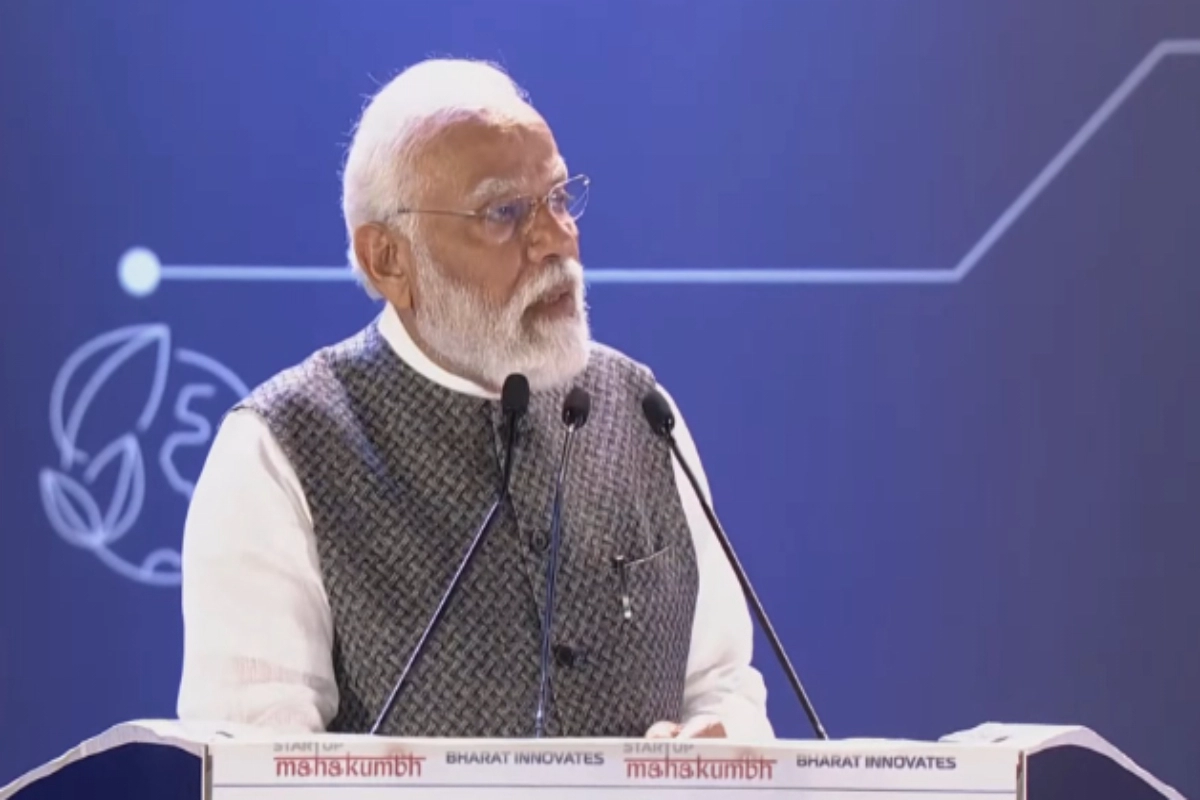Income Tax News: Tax savings in India necessitate careful preparation and the use of numerous government-provided tax-saving tools, particularly for those making over 25 lakhs per year. There are still a number of ways to maximise profits and optimise tax savings, even if higher earners may have fewer alternatives than those in lower income groups.
Optimizing Deductions Under Section 80C
Making the most of the deductions available under Section 80C of the Income Tax Act is one of the best strategies for people making above 25 lakhs per year to reduce their tax burden. Up to 1.5 lakhs in annual deductions are available for investments made in tax-saving programmes including the Public Provident Fund (PPF), Equity Linked Saving Schemes (ELSS), National Pension System (NPS), and Sukanya Samriddhi Yojana (SSY). Putting money into these programmes promotes the development of long-term wealth in addition to lowering taxable income.
Exploring Additional Tax-Saving Avenues
Aside from that, people should think about investing in other tax-saving options including health insurance premiums under Section 80D, which permits deductions of up to 25,000 for family and self-paid premiums and an extra 25,000 for parent-paid premiums. Furthermore, under Section 80CCD(1B), contributions made to the National Pension System (NPS) are eligible for an extra deduction of up to 50,000.
It becomes essential for those with greater incomes to look into tax-saving options outside of Section 80C. Under Section 80C, investments made in tax-saving Fixed Deposits (FDs) from banks and other financial institutions may qualify for deductions of up to 1.5 lakhs. It’s important to remember, though, that interest received on these FDs is taxable.
Exploring the New Tax Regime for High Incomes
Choosing the new tax regime—which offers lower tax rates but eliminates the majority of deductions and exemptions—is another smart tax-saving move for high incomes. Higher earners who had less deductions under the previous rule may benefit from this regime, albeit it may not be appropriate for everyone.
People can also look at tax-efficient investing options such government-issued tax-saving bonds, National Saving Certificates (NSC), and equity and debt mutual funds. Long-term capital growth prospects are available with these investments in addition to tax advantages.
Strategic Tax Planning for High Earners
To sum up, in order to save taxes for people whose wages exceed 25 lakhs, careful preparation and the use of the different tax-saving options provided by the Income Tax Act are necessary. High-income individuals can minimise their tax burden and optimise their financial portfolio for long-term growth and stability by participating in tax-saving schemes, maximising deductions, and investigating tax-efficient investment opportunities.











